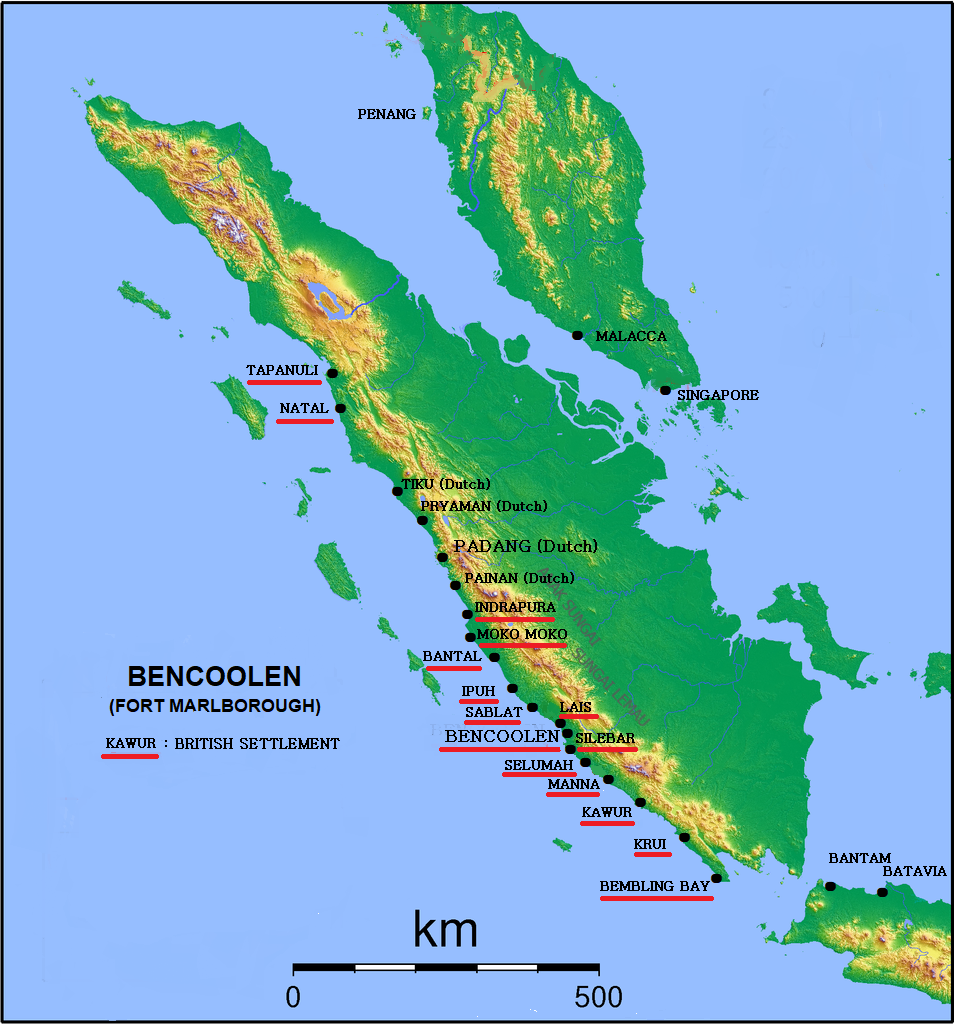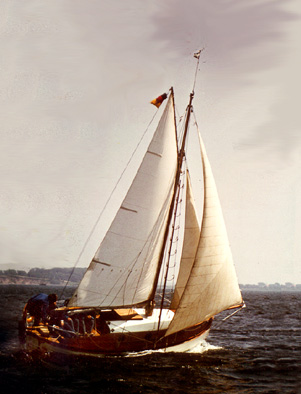|
HMS Seaflower
Four vessels of the Royal Navy have been named HMS ''Seaflower'': * was a 16-gun brig-sloop purchased in April 1782 that the , under Jean Dornal de Guy, captured near Bencoolen on 29 September 1808. * HMS ''Seaflower'' was a 16-gun brig-sloop listed in 1809, and sold on 1 September 1814. * was a 4 gun cutter launched at Portsmouth Dockyard on 20 May 1830 and broken up at Charlton, scrapping completed on 8 October 1866. * was an 8 gun training brig, launched at Pembroke Dockyard Pembroke Dockyard, originally called Pater Yard, is a former Royal Navy Dockyard in Pembroke Dock, Pembrokeshire, Wales. History It was founded in 1814, although not formally authorized until the George IV of the United Kingdom, Prince Regent s ... on 25 February 1873. Converted to a floating workship in January 1904, the ship was sold at Charlton on 7 April 1908. References * {{DEFAULTSORT:Seaflower, Hms Royal Navy ship names ... [...More Info...] [...Related Items...] OR: [Wikipedia] [Google] [Baidu] |
Royal Navy
The Royal Navy (RN) is the naval warfare force of the United Kingdom. It is a component of His Majesty's Naval Service, and its officers hold their commissions from the King of the United Kingdom, King. Although warships were used by Kingdom of England, English and Kingdom of Scotland, Scottish kings from the early Middle Ages, medieval period, the first major maritime engagements were fought in the Hundred Years' War against Kingdom of France, France. The modern Royal Navy traces its origins to the English Navy of the early 16th century; the oldest of the British Armed Forces, UK's armed services, it is consequently known as the Senior Service. From the early 18th century until the World War II, Second World War, it was the world's most powerful navy. The Royal Navy played a key part in establishing and defending the British Empire, and four Imperial fortress colonies and a string of imperial bases and coaling stations secured the Royal Navy's ability to assert naval superior ... [...More Info...] [...Related Items...] OR: [Wikipedia] [Google] [Baidu] |
Sloop-of-war
During the 18th and 19th centuries, a sloop-of-war was a warship of the Royal Navy with a single gun deck that carried up to 18 guns. The rating system of the Royal Navy covered all vessels with 20 or more guns; thus, the term encompassed all unrated warships, including List of gun-brigs of the Royal Navy, gun-brigs and Cutter (boat), cutters. In technical terms, even the more specialised bomb vessels and fire ships were classed by the Royal Navy as sloops-of-war, and in practice these were employed in the role of a sloop-of-war when not carrying out their specialised functions. In World War I and World War II, the Royal Navy reused the term "sloop" for specialised convoy-defence vessels, including the of the First World War and the highly successful of the Second World War, with anti-aircraft and anti-submarine capabilities. They performed similar duties to the destroyer escorts of the United States Navy, and also performed similar duties to the smaller corvettes of the Royal ... [...More Info...] [...Related Items...] OR: [Wikipedia] [Google] [Baidu] |
Jean Dornal De Guy
Jean Dornal de GuyThe name is sometimes written "Dornaldegu/ref> (13 October 1771 – 10 May 1855) was a French Navy officer. Career In 1803, Commander Dornal de Guy was serving in the flotilla at the Camp de Boulogne. On 7 August, a British brig and a cutter anchored off Boulogne; and the next day, Dornal de Guy received the order from Bruix to attack the ships with five boats. Due to the tides, he couldn't set sail until 3:00 a.m. the next day. The British put to sail and exchanged gun fire with the boats, before retreating. In 1805, de Guy captained the frigate ''Félicité'', in the Brest squadron. In 1806, he ferried troops, weapons and ammunitions from Brest to San Domingo, where he arrived in time to take part in the Battle of San Domingo. ''Félicité'' was among the three French ships that survived the battle, and she returned to Lorient on 26 March 1806.Fonds marine In 1807, Dornal de Guy was appointed captain of the ''Manche'' at Cherbourg. Along with the brig ... [...More Info...] [...Related Items...] OR: [Wikipedia] [Google] [Baidu] |
Bencoolen Presidency
British Bencoolen, variously known during its existence as Fort York, Fort Marlborough, Bencoolen, Benkulu, or "the West Coast", was a possession of the British East India Company (EIC) extending nearly 500 miles (800 km) along the southwestern coast of Sumatra and centered on the area of what is now Bengkulu City. The EIC established a presence there in 1685, and in 1714 it built Fort Marlborough there. The United Kingdom ceded Bencoolen to the Netherlands in 1824. Establishment and early development It was a fatall and never enough to be repented errour of our President and Council of Fort St. George adrasto break all our orders for a settlement at Pryaman upon a caprice of their owne to send our ships, spend our strength, our money and soe many men's lives upon settlement at such an unhealthful place as Bencoolen, because they hear there was more pepper there. In 1683, following the forcible closing of their factory at Bantam in Java and under the likelihood of being turn ... [...More Info...] [...Related Items...] OR: [Wikipedia] [Google] [Baidu] |
Cutter (boat)
A cutter is any of various types of watercraft. The term can refer to the sail plan, rig (sail plan) of a sailing vessel (but with regional differences in definition), to a governmental enforcement agency vessel (such as a coast guard or border force cutter), to a type of ship's boat which can be used under sail or oars, or, historically, to a type of fast-sailing vessel introduced in the 18th century, some of which were used as small warships. As a sailing rig, a cutter is a single-masted boat, with two or more headsails. On the eastern side of the Atlantic Ocean, Atlantic, the two headsails on a single mast is the fullest extent of the modern definition. In U.S. waters, a greater level of complexity applies, with the placement of the mast and the rigging details of the bowsprit taken into account so a boat with two headsails may be classed as a sloop. Government agencies use the term "cutter" for vessels employed in patrolling their territorial waters and other enforcement a ... [...More Info...] [...Related Items...] OR: [Wikipedia] [Google] [Baidu] |
Portsmouth Dockyard
His Majesty's Naval Base, Portsmouth (HMNB Portsmouth) is one of three operating bases in the United Kingdom for the Royal Navy (the others being HMNB Clyde and HMNB Devonport). Portsmouth Naval Base is part of the city of Portsmouth; it is located on the eastern shore of Portsmouth Harbour, north of the Solent and the Isle of Wight. For centuries it was officially known as HM Dockyard, Portsmouth: as a Royal Navy Dockyard, Portsmouth functioned primarily as a state-owned facility for building, repairing and maintaining warships; for a time it was the largest industrial site in the world. From the 1970s, the term 'Naval Base' began to be used for Portsmouth (and other Royal Dockyards), acknowledging a greater focus on personnel and support elements alongside the traditional industrial emphases. In 1984 Portsmouth's Royal Dockyard function was significantly downsized and downgraded, and was formally renamed the 'Fleet Maintenance and Repair Organisation' (FMRO). The FMRO was priv ... [...More Info...] [...Related Items...] OR: [Wikipedia] [Google] [Baidu] |
Charlton, London
Charlton is an area of southeast London, England, in the Royal Borough of Greenwich. It is east of Greenwich and west of Woolwich, on the south bank of the River Thames, southeast of Charing Cross. An ancient parish in the county of Kent, it became part of the metropolitan area of London in 1855 and is home to Charlton Athletic and Charlton House. History Toponymy Charlton is recorded in the 1086 Domesday Book as ''Cerletone''. It is formed from Old English ' ceorl' and 'tūn' and means 'farmstead of the freemen or peasants'. It is a common English placename and the parish was also known as Charlton next Woolwich to distinguish it from Charlton by Dover. During the 19th century the riverside portion of the area became known as New Charlton. Middle Ages Charlton is assessed in the Domesday Book of 1086 at one "sulung", which is commonly held to have been the equivalent of two hides. In 1086 it was in the fee of Gundulf, bishop of Rochester, but in 1066 it had been hel ... [...More Info...] [...Related Items...] OR: [Wikipedia] [Google] [Baidu] |
Pembroke Dockyard
Pembroke Dockyard, originally called Pater Yard, is a former Royal Navy Dockyard in Pembroke Dock, Pembrokeshire, Wales. History It was founded in 1814, although not formally authorized until the George IV of the United Kingdom, Prince Regent signed the necessary Order in Council on 31 October 1815, and was known as ''Pater Yard'' until 1817. The Mayor of Pembroke had requested the change "in deference to the town of Pembroke, Pembrokeshire, Pembroke some distant". The site selected for the dockyard was greenfield land and the closest accommodations were in Pembroke. Office space was provided by the old frigate after she was Beaching (nautical), beached. The Royal Marine garrison was housed in the Hulk (ship type), hulked 74-gun ship, , after she was run aground in 1832. Many of the workmen commuted by boat from nearby communities until Pembroke Dock town was built up. In 1860 the dockyard's policing was transferred to the new History of the Ministry of Defence Police#1860: T ... [...More Info...] [...Related Items...] OR: [Wikipedia] [Google] [Baidu] |




